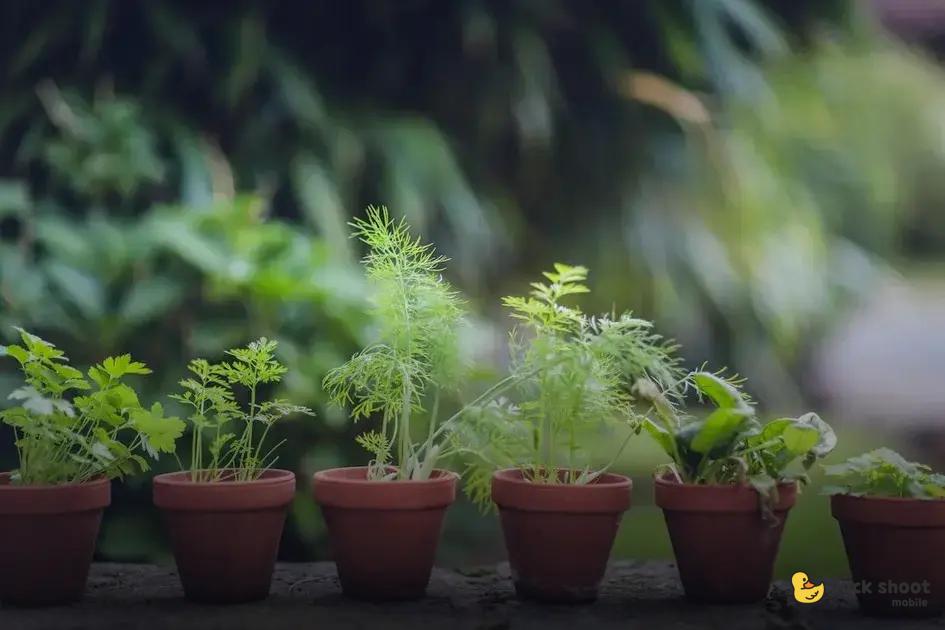Preparing your garden for winter doesn’t have to be daunting. With seasonal gardening strategies, you can ensure your plants thrive despite the cold. Understand how to meet winter plant needs, select the best cold-surviving plants, and protect your garden from harsh frosts. This guide covers essential steps to ready your garden for winter, ensuring a lush and healthy spring return.
Understanding Winter Plant Needs
During winter, many plants undergo significant changes to survive in colder conditions. It’s crucial to understand these seasonal needs to ensure your garden thrives. First, the majority of plants require dormancy. This is a period where growth slows down, and the plant conserves energy. Ensuring your plants get proper rest during this time is vital. Try to replicate natural conditions by adjusting watering schedules—less water is often needed as plant growth decreases.
Light availability also changes in winter, with shorter days impacting photosynthesis. Moving potted plants closer to windows or using grow lights can help compensate for the lack of natural sunlight. Pay attention to the specific needs of each plant species; some may require full sun even during the colder months, while others are adaptable to lower light conditions.
Shielding plants from cold winds using barriers can prevent desiccation. Mulching is another key practice, as it helps maintain soil temperature and moisture levels. A layer of organic mulch protects roots and provides needed nutrients as it decomposes. Understanding these elements can greatly enhance the resilience of your garden throughout the winter.
Top Tools for Winterizing Your Garden

Preparing your garden for the winter can preserve its health and beauty for the upcoming seasons. Here are some essential tools you will need to winterize your garden effectively:
Pruning Shears
Before the cold sets in, it is crucial to trim dead or diseased branches. Pruning shears are perfect for this task, allowing precise cuts without damaging the plant.
Rakes
Leaves and debris accumulation can be harmful during the winter. A garden rake helps in clearing leaves, which prevents mold and provides better aeration for the soil.
Mulch
Mulch acts as an insulating layer for your garden bed, protecting roots from freezing temperatures. A mulch transport fork can assist in distributing the mulch evenly.
Row Covers
For delicate plants, row covers can offer protection against harsh winter conditions, creating a micro-climate that promotes plant survival.
Cold Frames
A cold frame is an excellent way to shield your plants from frost. It traps heat from the sun, keeping your plants warmer than the outside temperature.
Winter Plant Fertilizer
Choosing the right winter plant fertilizer can enhance your plants’ resistance to cold stress. Look for a balanced blend of nutrients suitable for winter use.
By equipping yourself with these tools, you can keep your garden thriving, even as temperatures drop. Each tool plays a specific role in protecting or preparing your plants and soil, ensuring a bountiful garden in the coming spring.
Best Plants to Survive the Cold
As you plan your winter garden, you’ll want to select plants known for their resilience to the cold. Here are some of the best plants that can survive chilly temperatures with ease:
- Evergreens: These are a staple for any winter garden. They keep their foliage throughout the year, providing color and texture even when other plants have faded.
- Winterberry (Ilex verticillata): Known for its bright red berries, it’s both hardy and visually striking under the snow.
- Pansies: These flowers can withstand frost and provide vibrant colors amidst the winter gloom.
- Hellebores: Often called the ‘Christmas Rose’, these persistently bloom even in the harshest winters.
- Sedge (Carex): This grass-like perennial adds an evergreen touch and is highly cold-tolerant.
It’s crucial to ensure your plants are properly mulched and watered before the ground freezes. Proper care will make a significant difference.
Essential Winter Soil Preparations

In winter, soil preparation is crucial for a thriving garden. Start by clearing any debris from the garden beds. Leaves, twigs, and old plant matter should be removed to prevent diseases. Next, focus on enriching the soil with organic matter, such as compost or well-rotted manure. This addition enhances soil structure and nutrient content.
Winter is also a good time to test the soil pH. Adjusting the pH in the off-season helps prepare for optimal growth conditions come spring. Apply lime to raise the pH or sulfur to lower it, based on test results.
Consider aerating the soil to improve drainage and allow roots easier access to oxygen and nutrients. This can be done manually with a garden fork or with a mechanical aerator if dealing with larger areas.
Another step is mulching. A generous layer of organic mulch not only retains soil moisture but also regulates soil temperature. This barrier protects plant roots from extreme cold and reduces erosion from harsh winter winds.
Finally, keep an eye on soil compaction. With reduced plant cover, soil is more prone to compacting, resulting in reduced air space and poor drainage. Regularly loosening the soil can prevent this issue.
By taking these soil preparation steps in winter, your garden will be well-prepared for the coming spring, ensuring a burst of growth and vitality.
Protecting Your Garden from Frost
It’s crucial to shield your garden from frost to ensure the health of your plants during winter. Frost can damage and even kill plants if they are not properly protected. Here are some effective methods to help your garden withstand the icy temperatures.
Use Frost Cloths
Frost cloths, also known as frost blankets, offer a lightweight barrier that allows sunlight in but retains Earth’s warmth. Drape these over plants like tender herbs or young saplings during cold nights to minimize frost damage.
Mulch Your Soil
Applying a thick layer of mulch around the base of your plants helps insulate the soil. Use organic mulches such as straw, leaves, or wood chips to trap in heat and prevent the ground from freezing, protecting the roots beneath.
Positioning Matters
Where you plant can make a significant difference. Consider repositioning potted plants to a south-facing wall, which absorbs heat during the day and provides warmth at night. For garden beds, planting near structures can offer some frost protection.
Watering Techniques
Maintaining proper moisture levels in the soil can help your plants survive frost. Watering your garden during the day allows the soil to absorb warmth from the sun, which is then slowly released at night, creating a warmer environment for plant roots.
Implement Windbreaks
Harsh winds can exacerbate frost damage. Create a windbreak using fences, screens, or hedges. These physical barriers can reduce wind impact and help retain heat around your garden plants.
By employing these strategies, you can significantly reduce the damaging effects of frost on your winter garden.


 Hosting a Garden Party: Nature-Inspired Décor Tips
Hosting a Garden Party: Nature-Inspired Décor Tips  Outdoor Lighting Ideas to Highlight Your Garden Neatly
Outdoor Lighting Ideas to Highlight Your Garden Neatly  Incorporating Water Features into Your Garden Like a Pro
Incorporating Water Features into Your Garden Like a Pro